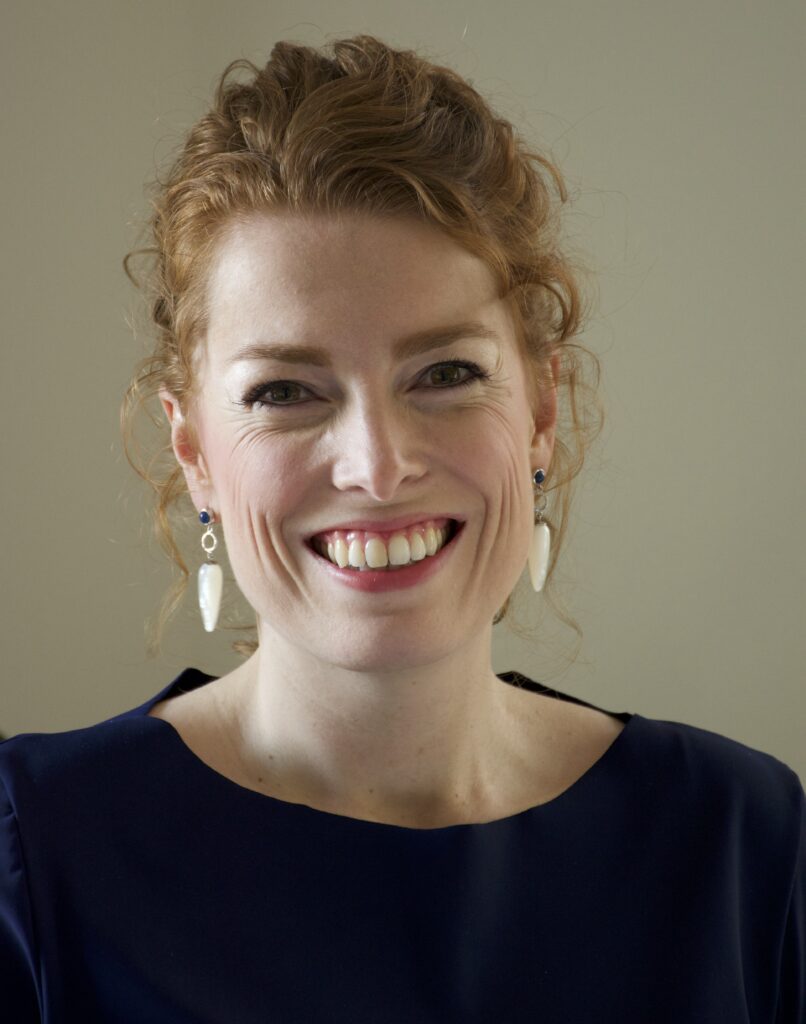Researchers from UMCU and TU/e are working on making the use of wearables for remote patient monitoring smarter. ‘We are looking for example how we can use AI to provide advice based on the context. When does this patient truly need attention?’
The rise of modern remote patient monitoring (RPM) devices is revolutionizing healthcare delivery. RPM devices utilize sensors, wearables, and other digital tools to remotely collect and transmit patient health data to healthcare providers. This enables them to monitor and manage patients’ health conditions more effectively outside the hospital. ‘For the patient, it is beneficial to recover in their own home, and it has the potential to alleviate some of the burden on the healthcare system,’ says researcher Martine Breteler from UMCU.

‘For the patient, it is beneficial to recover in their own home, and it has the potential to alleviate some of the burden on the healthcare system’
-Martine Breteler (UMCU)
Changes in vital signs, such as heart rate, blood pressure, or respiratory rate, could be early indicators of patient deterioration. ‘The device would send an alert to healthcare staff when something might be wrong’, explains Breteler. ‘However, while these wearables collect a lot of data, they also generate more false positive alerts. For example, an elevated heart rate could indicate a problem, but it could also mean that the patient is simply more active at that moment. If healthcare staff receive alerts for all these events, this would increase their workload dramatically.’
Smart alerts
One of the areas the team is working on is developing “smart alerts,” where AI is used to provide advice based on the context. When does this patient truly need attention? Breteler: ‘We also use AI to determine the optimal timing for sending prompts to patients, such as a reminder to fill out a short questionnaire on how they are feeling. Timing is crucial here; if the device prompts a patient to send data while they are busy, for instance, doing groceries, the prompt might be ignored. We are developing a data model that incorporates these contextual factors.’
Living Lab
Next year, the team plans to work towards establishing a “Living Lab for Remote Monitoring.” Currently, new device workflows are typically tested in clinical practice. However, this process is time-consuming and expensive, as the clinical events being studied do not occur frequently. ‘In 2025, we will initiate the use of a simulation environment’, says Breteler. ‘This will ultimately lead to a Living Lab where developers and domain experts can collaborate practically, allowing them to experiment with new creative solutions and workflows in a safe environment. As a result, the implementation of clinical workflows with smart alarm management for remote patient monitoring will be achieved more sustainably. With the unique collaboration within the EWUU Alliance, we are able to combine the clinical expertise of UMCU, with the technical know-how of TU/e. This partnership will help us develop technology that is both practically applicable and capable of improving workflow in healthcare.’
About the project:
Project title:
Remote Patient Monitoring & Wearables
Team:
Martine Breteler (UMCU), Teus Kappen (UMCU), Erik Koomen (UMCU), Pieter Van Gorp (TU/e), Baris Ozkan (TU/e), Maryam Razavian (TU/e)